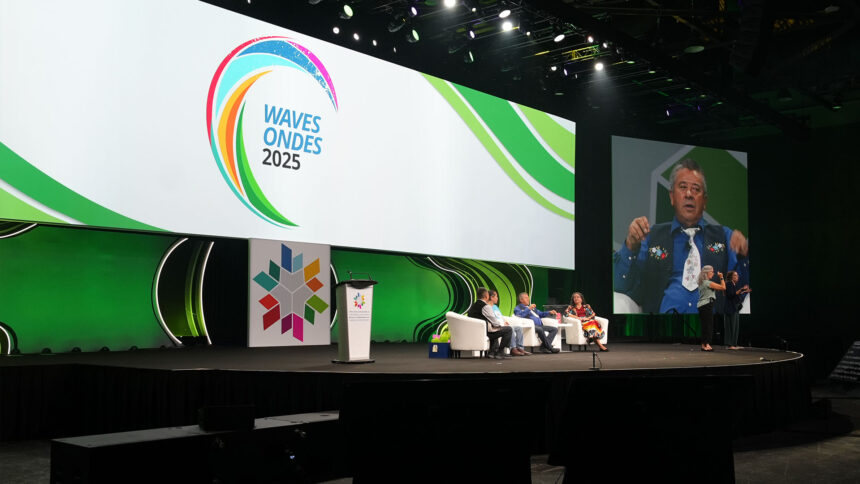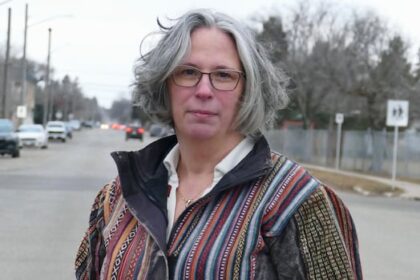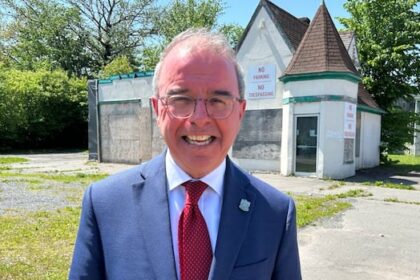A four-day summit focusing on Indigenous language revitalization and preservation is bringing together language experts from across the country and around the world. The summit called Waves 2025, is being put on by the Office of the Indigenous Languages Commissioner, or OILC. “There are more than 70 Indigenous languages spoken by First Nations, Inuit and Metis in Canada,” Indigenous Services Minister Mandy Gull-Masty said during opening ceremonies Monday night. “Three-quarters are in danger. None are considered fully safe. We are in a critical moment that demands that we all act together. While Indigenous people lead the way, the government of Canada has a responsibility to walk alongside. “It’s my role as the Minister to be part of that process.” Indigenous youth and social media was one of the major themes during the first full day of the summit on Tuesday. One of the keynote speakers in the 7Gen Space was Qupanuk Olsen who has her own YouTube channel, is an advocate for full independence of Greenland from Denmark and also a recently elected member of Greenland’s parliament. “It’s so important to tell your own story to the rest of the world, so that’s what I am doing.” the host of Q’s Greenland told APTN News. “It’s important for other cultures to learn who we are and you can do that so easily on social media. It’s just important to share who you are to the rest of the world through social media.” In a roughly half-hour address, Olsen told youth assembled at the summit all you need is a smart phone, basic microphone and a little imagination to tell your story – regardless of how remote the location you live in is. She said the sky is the limit when it comes to using social media to link Indigenous people all over the world and helping them revitalize and preserve their languages. “Social media is helping us to connect,” Olsen said. “It’s helping us to relate to other fellow Inuit or other Indigenous people. It’s also helping us to maintain our language. Teach others and empower the young people to start to learn their own language. So, it’s just all about connecting. Connecting and inspire others to do content creation.” ‘I think for me, the most important part is more about how do we bring awareness about Michif languages,’ says Beaudin Reimer. Photo: Fraser Needham/APTN. Other afternoon breakout sessions focused specifically on Indigenous languages revitalization. One such session was on a recently released report on Michif languages called The Vitality of Michif Languages Among the Red River Métis from 1821-1959. The report was produced for the language commission and presented by two of its authors Olivia Sammons and Brielle Beaudin-Reimer. It is a historical analysis of the rise of Michif languages during the early to mid-1800’s and their decline following Manitoba becoming a province and joining Confederation in 1870. Beaudin-Reimer told APTN revitalization of Michif languages will require further research in both historical and contemporary data. “I think for me, the most important part is more about how do we bring awareness about Michif languages,” she said. “Because in order to revitalize them, we also need to bring awareness to them and we need to understand how and where they existed. So that’s kind of from a historical perspective where I see my role.” The Indigenous languages summit wraps up on Thursday. Continue Reading
Revitalization the focus of Indigenous languages summit in Ottawa

Leave a Comment










